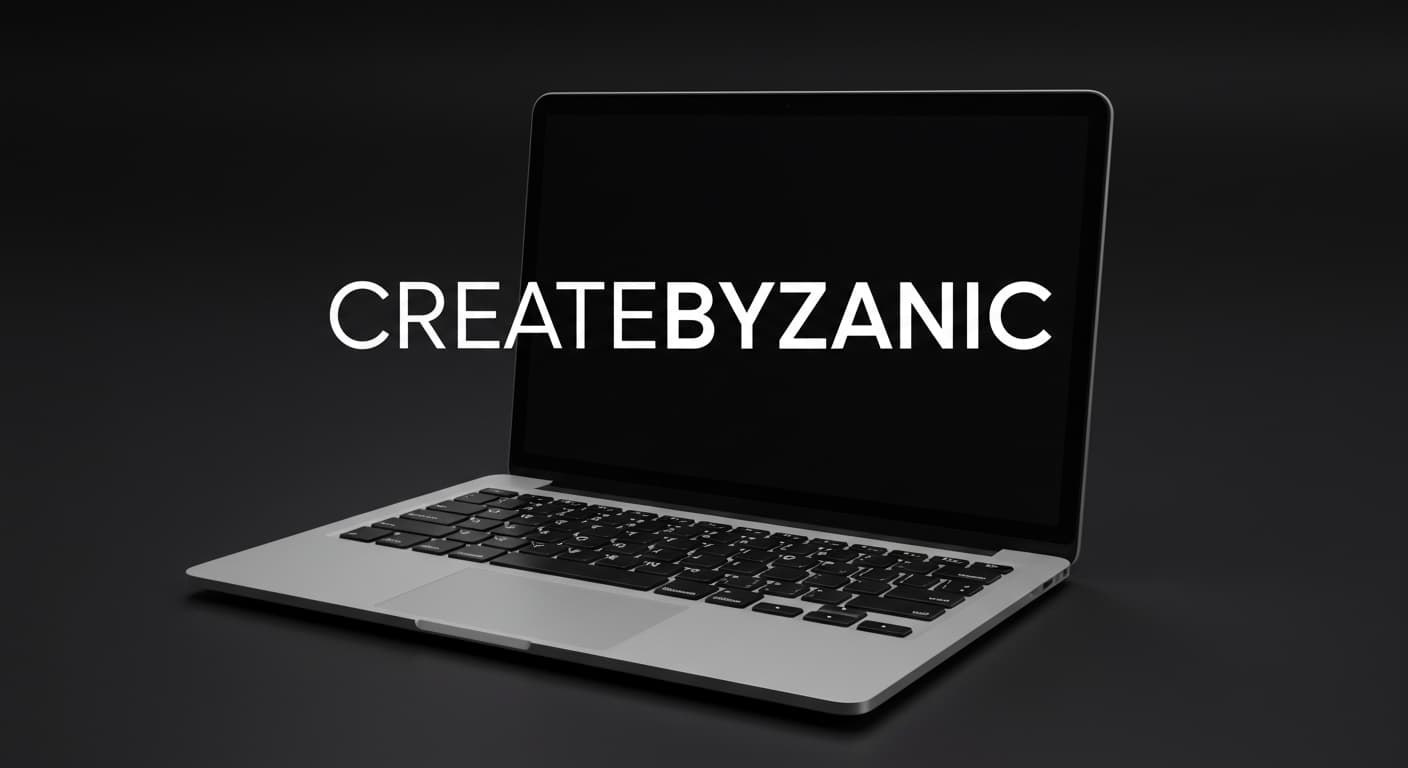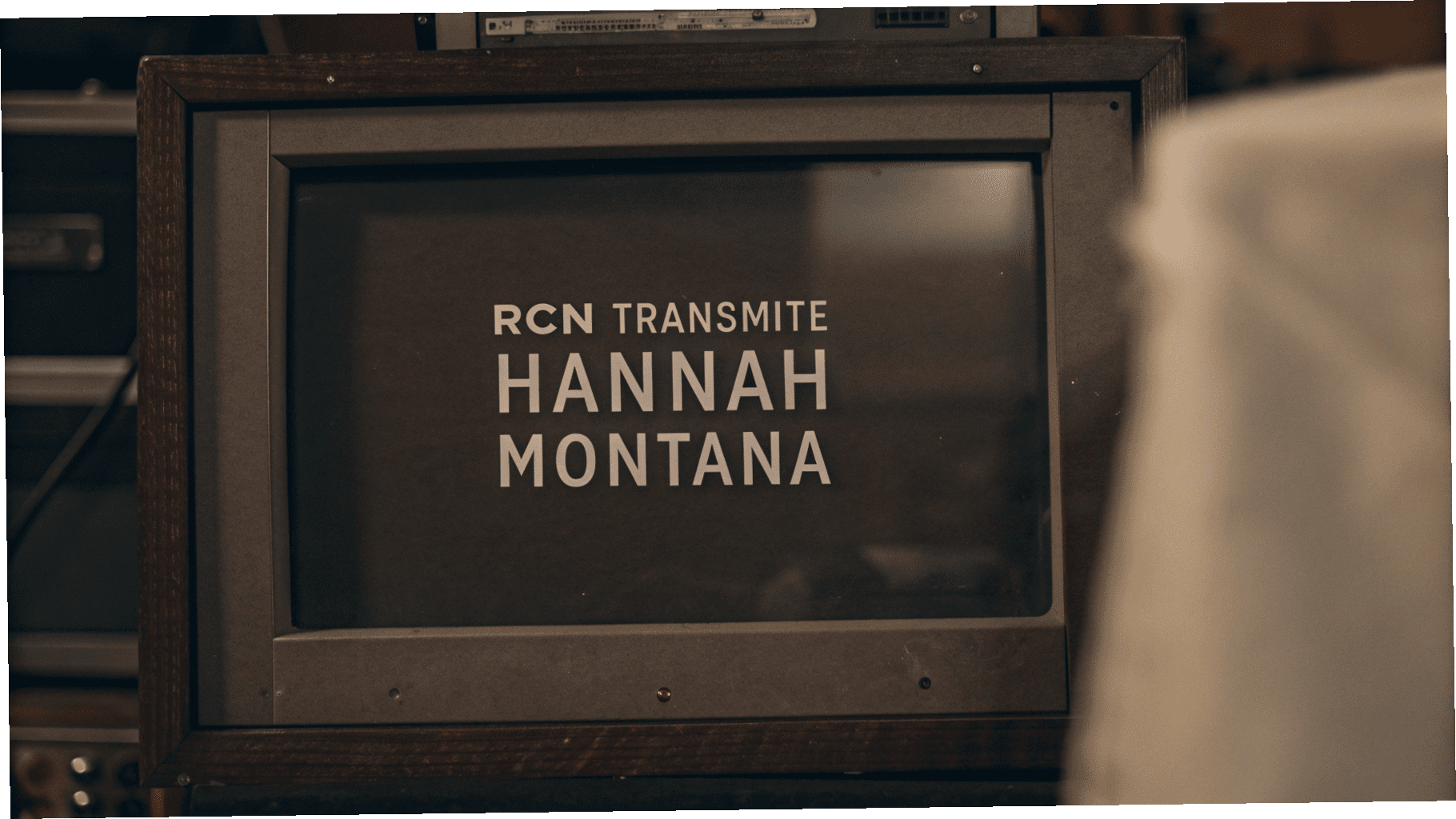The term “pelicinehd” is not widely defined but offers clues through its linguistic structure. It likely draws from “peli” (relating to films), “cine” (cinema), and “hd” (high-definition). Together, these parts suggest a vision of cinema or content that is technologically advanced and visually immersive. Whether this term implies a software platform, an artistic movement, or a conceptual standard, the possibilities tied to pelicinehd point toward excellence in visual media. As media continues to evolve, so does our way of naming these evolutions, and pelicinehd may just be one such innovation awaiting wider recognition or application.
Etymology and Foundational Meaning of Pelicinehd
Breaking down the word pelicinehd gives us insight into what it could represent. “Peli” suggests motion pictures, often used in Spanish to mean film. “Cine” is short for cinema, and “hd” universally refers to high-definition quality. When pieced together, these elements may indicate a standard or ecosystem where film and digital media meet under the expectation of clarity, sharpness, and performance. As a term, pelicinehd may not exist formally, but it fits comfortably among coined names in the tech-media industry, offering room for interpretation and innovation.
Pelicinehd as a Symbol of Digital Evolution
In an age where 4K and even 8K media are becoming common, pelicinehd may embody the transition to visually richer and smoother content. With increasing bandwidth and more powerful devices, digital experiences are expected to deliver cinematic quality. Platforms like Netflix, Disney+, or even independent film hubs now prioritize resolution, frame rate, and color depth. Pelicinehd can be understood as a symbol of this shift—where content is not only consumed but felt, due to its immersive presentation.
Pelicinehd in the Entertainment and Film Industry
Imagine a new platform or ecosystem named pelicinehd: it could be the next-generation alternative to YouTube or Vimeo. Filmmakers and content creators would have a space focused on visual purity and audio clarity. It could offer native support for HDR, spatial audio, and ultra-fast streaming. More importantly, pelicinehd could focus on elevating the work of visual artists who prioritize aesthetic and narrative depth. It would reward production value, acting as both a portfolio and a publishing ground for cinematic creators.
Educational Use Cases for Pelicinehd-Style Platforms
High-definition visuals are incredibly useful in educational contexts. From surgical tutorials to architectural modeling, visual clarity makes learning easier and more impactful. A concept like pelicinehd could apply to online schools or training academies that rely on HD video lectures, animated diagrams, and live simulation labs. Pelicinehd would represent more than style—it would ensure that students get access to content that’s not just rich in information, but also visually intuitive and engaging.
Content Creation Under the Pelicinehd Paradigm
Content creators today have access to tools once reserved for Hollywood. A creator working from a bedroom studio can shoot in 4K, edit with AI-powered tools, and publish globally. In this context, pelicinehd becomes a philosophy—create with quality in mind, tell stories that resonate, and use tech that elevates the human experience. This trend of “small teams, big production value” is redefining the media world. Pelicinehd stands as a representation of this change.
Technical Foundations Supporting Pelicinehd Quality
To support a pelicinehd-grade experience, multiple technologies come into play: high-efficiency video codecs (like HEVC), fast-loading content delivery networks (CDNs), machine-learning for video enhancement, and modern compression algorithms. These ensure minimal buffering while delivering maximum clarity. Pelicinehd, as a technical concept, would require this layered infrastructure—where efficiency and quality go hand in hand, making premium-grade content accessible to the everyday user.
Pelicinehd and User Experience Design
Today’s platforms are judged heavily on UI and UX. A platform labeled pelicinehd would be expected to offer streamlined interfaces, real-time resolution adjustment, subtitle and language support, mobile responsiveness, and rich visual controls. The user should feel in control without technical distraction. This design philosophy prioritizes visual enjoyment while removing friction. Pelicinehd would not just be beautiful—it would be usable by anyone, regardless of device or network speed.
Virtual Reality (VR) as a Pelicinehd Experience
VR is pushing the boundaries of storytelling. In VR, users don’t just watch a story—they live inside it. Pelicinehd might extend into this domain, offering high-definition VR experiences where textures are crisp, environments are realistic, and motion feels natural. From historical recreations to futuristic simulations, pelicinehd content would ensure that users are fully immersed without discomfort or lag.
AI and Automated Storytelling in the World of Pelicinehd
Artificial intelligence is a growing force in content creation. AI can now edit video, clean audio, generate script drafts, and even recommend camera angles. A pelicinehd platform could integrate such AI tools, helping creators to save time and enhance quality. Think of an AI assistant that color-corrects your entire documentary or auto-detects and removes background noise with one click—this would be the intelligent layer of pelicinehd.
Streaming Efficiency and the Role of Pelicinehd
Buffering ruins immersion. In the pelicinehd vision, advanced streaming tech would ensure that even high-quality content loads instantly. Adaptive bitrate streaming, low-latency protocols, and global server distribution would be key. Whether users are on a mobile network or fiber optic cable, pelicinehd content would adapt in real time, keeping quality high and delays non-existent.
Ethical Questions in High-Definition Media Production
As media becomes sharper and more manipulable, ethical concerns rise. Deepfakes, manipulated footage, and overly edited videos can distort reality. A pelicinehd framework would need strict ethical protocols—ensuring authenticity, consent, and responsibility. Platforms must protect viewers and creators alike, especially when AI-generated visuals blur the lines between fact and fiction.
Cultural Empowerment Through Pelicinehd
Not all cultures have equal access to high-quality visual expression. Pelicinehd could empower underrepresented voices—offering grants, tools, and exposure to artists from marginalized communities. By lowering entry barriers to HD production, it can become a global equalizer. Pelicinehd isn’t just about pixels—it’s about presence, representation, and storytelling freedom.
Freelancers, Nomads, and the Pelicinehd Economy
The rise of freelance media professionals has changed how content is made. With cloud-based editing suites and remote collaboration tools, pelicinehd can represent a new kind of media workplace. Whether you’re a motion designer in Nairobi or a sound engineer in Buenos Aires, you can contribute to a high-definition project without borders or bureaucracies.
Non-Linear Interactive Content Powered by Pelicinehd
Non-linear narratives let the viewer choose their path. With high-definition rendering, interactivity becomes immersive. Pelicinehd could be used in gaming, training simulators, or choose-your-adventure films. This gives audiences a deeper emotional stake, and storytellers new ways to surprise and delight.
Monetization Models Within the Pelicinehd Ecosystem
In a pelicinehd world, monetization would be diverse. Subscription tiers, creator royalties, sponsored content, and blockchain-based licensing could all play roles. Such a system ensures fairness, sustainability, and growth. Creators are paid well, users get value, and the platform thrives organically.
Medical and Scientific Visualizations in Pelicinehd Quality
Medical students, researchers, and professionals all benefit from sharp visuals. A pelicinehd-based tool could showcase human anatomy, surgical procedures, or cellular processes in full HD or 3D. Accurate visuals lead to better training outcomes and faster diagnosis, especially in telemedicine environments.
Real-World Applications in Journalism and Documentary
Journalism thrives on clarity and trust. Documentaries filmed in pelicinehd quality can bring faraway stories closer to viewers, capturing detail that standard footage misses. Whether covering war zones or climate crises, this level of production sharpens awareness and drives empathy.
Conclusion: Pelicinehd as Vision and Standard
Pelicinehd may not yet exist in reality, but it carries immense symbolic potential. It represents high-definition creativity, innovation without compromise, and access for all. Whether it evolves into a platform, standard, or movement, its core idea is powerful: a future where technology, ethics, and storytelling merge to create experiences that are both sharp and meaningful.



































